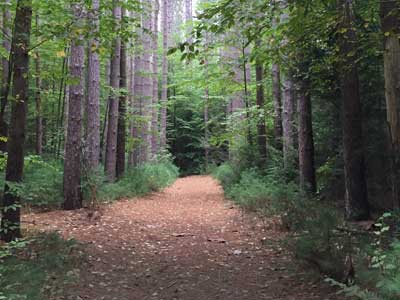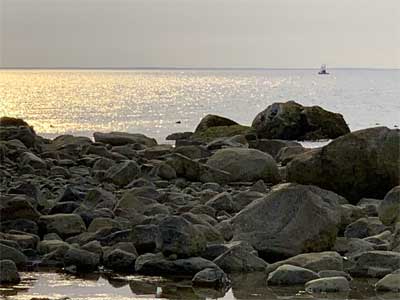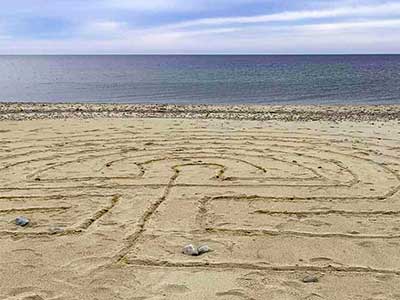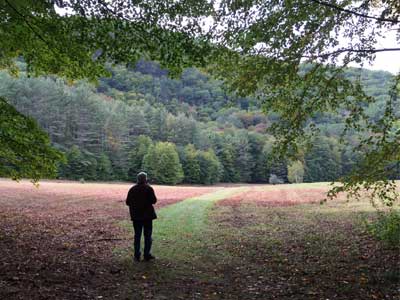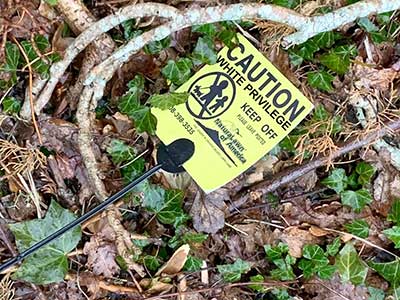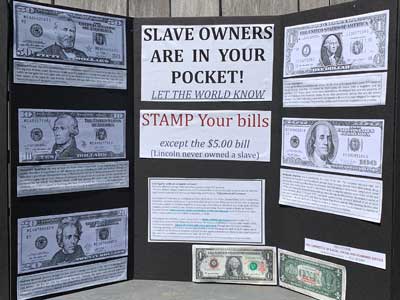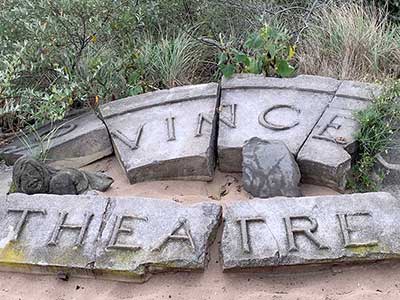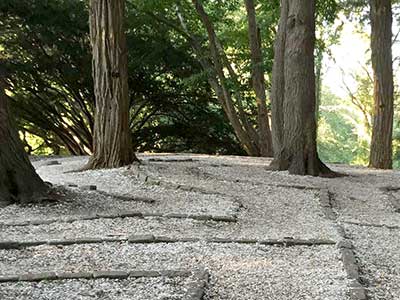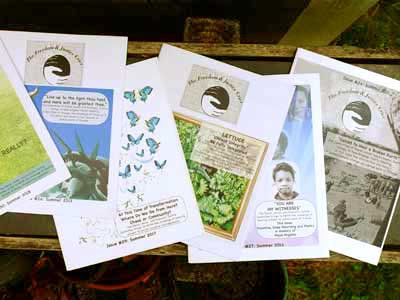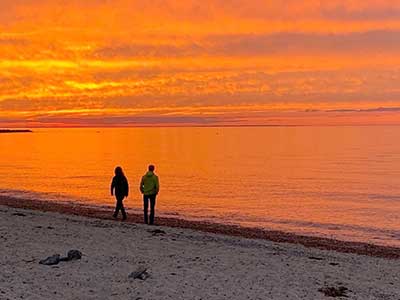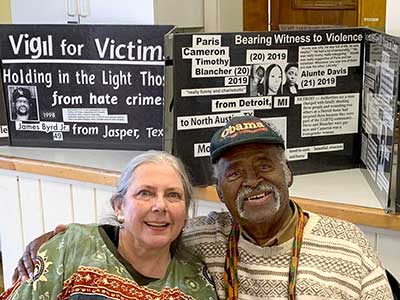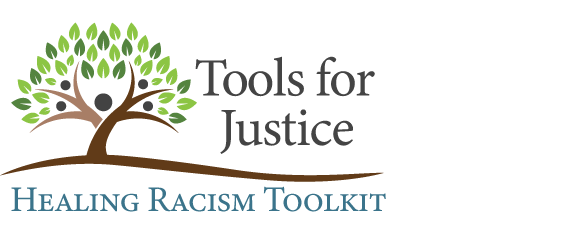by Jill Lepore | July 2020
In Philadelphia, in 1705, the governor expressed the view that the militia could make the city safer than the watch, but militias weren’t supposed to police the king’s subjects; they were supposed to serve the common defense—waging wars against the French, fighting Native peoples who were trying to hold on to their lands, or suppressing slave rebellions. The government of slavery was not a rule of law. It was a rule of police. In 1661, the English colony of Barbados passed its first slave law; revised in 1688, it decreed that “Negroes and other Slaves” were “wholly unqualified to be governed by the Laws . . . of our Nations,” and devised, instead, a special set of rules “for the good Regulating and Ordering of them.” Virginia adopted similar measures, known as slave codes, in 1680.
TAGS: [Racial Terrorism] [2020’s] [Slavery] [History] [Policing] [Police Shootings] [Systemic Racism] [Black Lives Matter] [White Supremacy] [Prison System] [White Culture] [White Privilege] [Politics]
by Thom Dunn | July 2020
Washington was known as “town destroyer.” He was given that name by the Haudenosaunee Confederacy because he led a scorched-earth campaign against the Haudenosaunee prior to the Revolutionary War, but also during the Revolutionary War to push them further westward, to make room, you know, to create Lebensraum or living space for the new kind of white-Anglo nation that was under construction. Every sitting president to date of the United States has the name “town destroyer” from the Haudenosaunee Confederacy.
TAGS: [Racial Terrorism] [2020’s] [Indigenous] [History] [White Supremacy] [White Culture] [White Privilege] [Systemic Racism]
by Ezra Klein | July 2020
What would it take for America to heal? To be the country it claims to be? This is the question that animates Bryan Stevenson’s career. Stevenson is the founder and executive director of the Equal Justice Initiative, a clinical professor at the New York University School of Law, a MacArthur “genius,” and the author of the remarkable book Just Mercy — which was recently turned into a feature film where Stevenson was played by Michael B. Jordan.
TAGS: [Strategies] [2020’s] [Confederate Monuments] [Role Model] [Advocacy] [Prison System] [History] [Denial] [White Blindness] [Slavery] [Civil War] [Economics] [White Supremacy] [Systemic Racism]
*Paywall Alert
by Saida Grundy | July 2020
Texts that seek to raise the collective American Consciousness are rendered futile without concrete systemic changes. …When offered in lieu of actionable policies regarding equity, consciousness raising can actually undermine Black progress by presenting increased knowledge as the balm for centuries of abuse. Executives at major corporations such as Amazon, for instance, have invited race scholars and writers to “help [them] unpack” such topics as the American justice system and how to be an anti-racist ally. Yet Black employees at many of these companies have pointed to the hypocrisy of in-house dialogues about race while practices like labor exploitation continue. In the form of hollow public statements and company-sponsored conversations, consciousness raising is often toothless.
TAGS: [Individual Change] [Collective Action] [2020’s] [Anti-Racism] [Confederate Monuments] [White Blindness] [Denial] [Accountability] [Implicit Racism] [White Privilege] [White Culture] [White Supremacy] [History]
by Sydney Page | July 2020
*Paywall Alert
Malone Mukwende, a 20-year-old medical student, found himself repeatedly asking the same question: “But what will it look like on darker skin?”
He’s publishing a book to answer that question.
Since his first class at St George’s, University of London, “I noticed a lack of teaching about darker skin tones, and how certain symptoms appear differently in those who aren’t white,” said Mukwende, who recently completed his second year of study in the medical program. Whether a rash, a bruise, blue lips or other common physical reactions, “it was clear to me that certain symptoms would not present the same on my own skin,” said Mukwende, who was born in Zimbabwe and now lives in London. “I knew that this would be a problem for patients of a similar skin tone to mine, or of a darker skin tone in general.” Not only was there an absence of imagery to highlight the difference, but students were not instructed on the correct terminology to describe conditions that appear on darker skin, Mukwende said.
TAGS: [Strategies] [2020’s] [Role Model] [Advocacy] [Colorblindness] [Denial] [White Supremacy] [White Culture] [White Privilege]
by Darryl Fears and Steven Mufson | July 2020
As Confederate statues fall across the country, Sierra Club Executive Director Michael Brune said in an early morning post on the group’s website, “it’s time to take down some of our own monuments, starting with some truth-telling about the Sierra Club’s early history.” Muir, who fought to preserve Yosemite Valley and Sequoia National Forest, once referred to African Americans as lazy “Sambos,” a racist pejorative that many black people consider to be as offensive as the n-word.
TAGS: [Racial Terrorism] [2020’s] [Confederate Monuments] [POC Climate Action] [Indigenous] [Black Lives Matter] [Accountability] [History] [White Supremacy] [White Blindness] [Economics] [Employment] [Anti-Racism] [White Privilege] [White Culture] [Systemic Racism] [Strategies]
